Market Trends
Introduction
The Clamshell Packages Market, as we enter the year 2024, is going through a period of change and reshaping. The newer and more efficient technological solutions are pushing the market towards more sustainable packaging, while the regulatory framework is pushing towards the use of more environment-friendly materials and practices. And the changing preferences of the consumers, towards greater convenience and transparency, are reshaping the design and functionality of the clamshells. These trends are strategically important for the players in the market, as they are not only affecting the product differentiation and brand loyalty, but are also in line with the wider sustainability goals and regulatory compliances in an increasingly competitive landscape.
Top Trends
-
Sustainability Initiatives
In view of the growing concern for the environment, more and more companies are adopting sustainable clamshell packaging solutions. Industry leaders are, for example, switching to biodegradable materials, in response to government regulations aimed at reducing the amount of plastic waste. A recent survey has shown that more than 70 per cent of consumers prefer sustainable packaging, which is encouraging brands to be more creative. This shift not only increases customer loyalty but also reflects a desire to meet the world’s sustainability goals. A future development could be the development of compostable materials. -
Technological Advancements
The clamshell package is becoming more and more popular, a good example being the use of a QR code to provide product information. These are two of the means by which the companies are using technology to improve consumer involvement and traceability. A study has shown that 60 per cent of consumers prefer to buy a product with an interactive package. This is a trend that is likely to lead to innovation in package design and functionality, and to more informed purchase decisions. -
Customization and Personalization
Brands are increasingly relying on the customisation of their clamshell packaging. The result is a tailored solution for the specific needs of consumers. As a result, 55% of consumers prefer a bespoke package. The trend is supported by the development of printing technology, which makes it possible to print a unique design in large numbers. In order to increase the customer experience, the demand for customisation is likely to increase, affecting the production process. -
E-commerce Growth
E-commerce has a major influence on the clamshell design, with an emphasis on sturdiness and protection during shipment. Industry data show that 80% of consumers expect their packages to arrive without damage. Consequently, the packaging industry is constantly innovating to meet these demands. Returns are costly for companies, so they are investing in sturdy packaging to reduce returns. In the future, this may lead to the development of lighter but stronger materials. -
Health and Safety Regulations
In the field of food, the ever stricter hygiene regulations are leading to a change in the clamshell packaging. The emphasis on food safety is leading to an increase in the demand for tamper-proof and hygienic packaging solutions. A study has shown that 75 per cent of consumers place the highest priority on food safety in the choice of packaging for food. This trend is causing manufacturers to increase their compliance efforts, which may lead to higher costs, but ensures customer confidence. -
Recyclability and Circular Economy
The drive towards the circular economy is influencing the design of clamshell packages, which are now made with a view to recyclability. These companies are responding to the demands of consumers for a more sustainable approach. Research shows that 65% of consumers are prepared to pay more for a package that is fully recyclable. This trend will probably result in innovations in materials, more efficient and more sustainable production processes and less waste. -
Aesthetic Appeal
The visual appearance of clamshell packaging is becoming more and more important, as companies compete for the attention of consumers. According to studies, the visual appearance of the packaging influences up to 50 percent of the purchasing decision. Brands are therefore increasingly collaborating with designers, which enhances the overall consumer experience. Future developments might include augmented reality, which would allow consumers to engage even more closely with the product. -
Cost Efficiency and Material Optimization
The cost of the clamshell package is an important concern for the manufacturers, which leads to material optimisation strategies. These aim to reduce the shipping costs while maintaining the integrity of the product. Optimising the package is said to save up to 20% on the overall cost. This trend encourages the industry to invest in research and development, which can lead to new material solutions. -
Global Supply Chain Challenges
Continuing supply chain challenges are affecting the availability and cost of raw materials for clamshell packaging. The increased lead times and volatile price levels are forcing companies to rethink their sourcing strategies. According to a recent survey, 40 percent of manufacturers are seeking to source their materials closer to home to mitigate their risk. This trend could lead to a change in the dynamics of the market with a focus on local sourcing and production. -
Consumer Education and Awareness
There is a growing awareness of the need for consumer education regarding the use of clamshell packaging, especially in the context of its impact on the environment. Brands are investing in communication campaigns to inform consumers about the material used and the process of recovery. In fact, research has shown that consumers are more likely to support brands that educate them. This trend is likely to lead to a better reputation for brands and a more informed and educated consumer, which will ultimately affect purchasing behavior.
Conclusion: Navigating Clamshell Packaging Dynamics
In 2024 the clamshell market is characterized by a very high level of competition and a significant degree of fragmentation. The market is characterized by a strong battle between the established and the new players. The regional trends show a growing preference for sustainable packaging solutions, which makes it necessary for suppliers to develop new and adapted products. The established players rely on established distribution networks and brand loyalty, while the newcomers are relying on speed and new technologies. The main competitive factors are to be seen as AI-driven design, automation of production processes and a commitment to sustainability. Strategically, the most important strategic investments will be in flexibility and customer responsiveness.

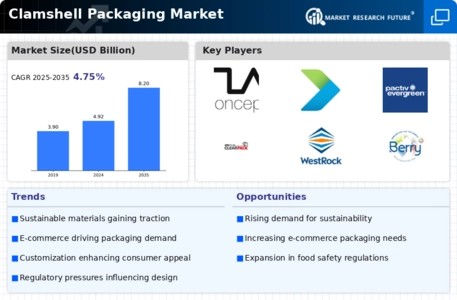

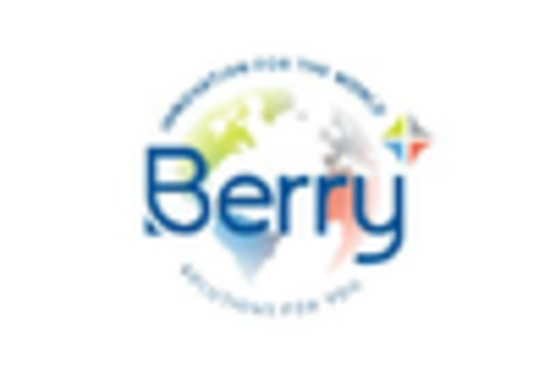

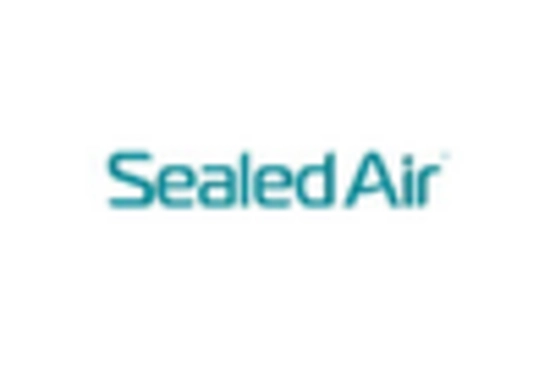
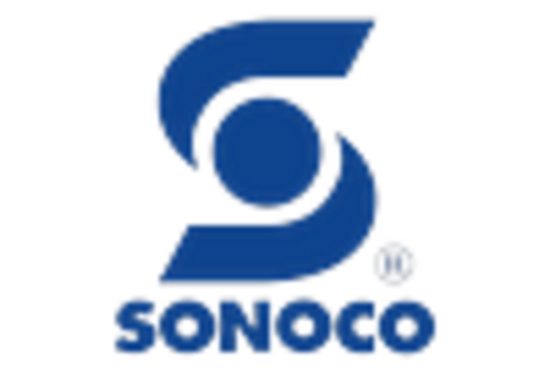
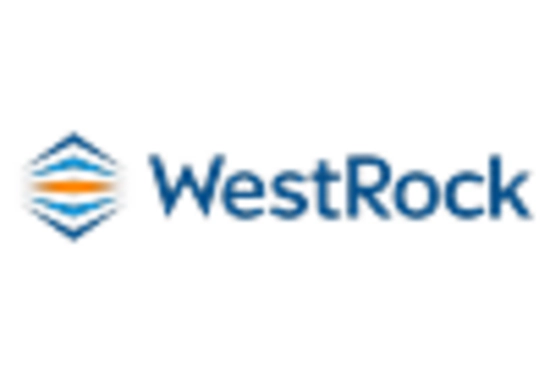









Leave a Comment